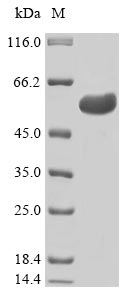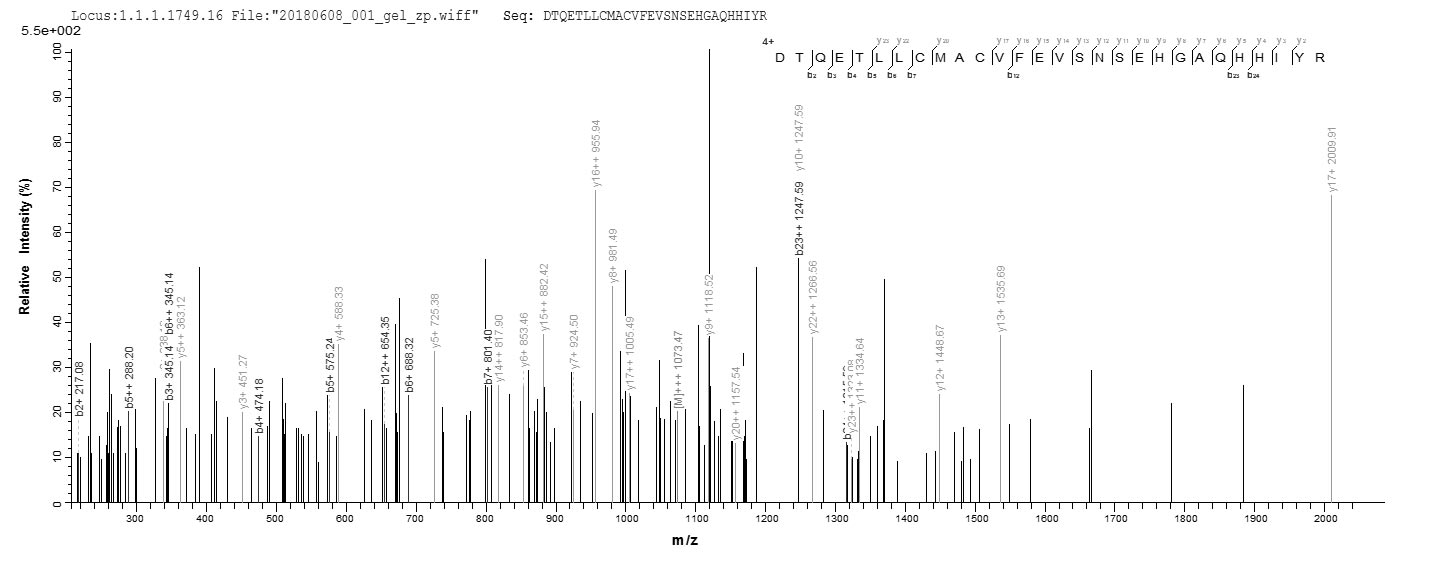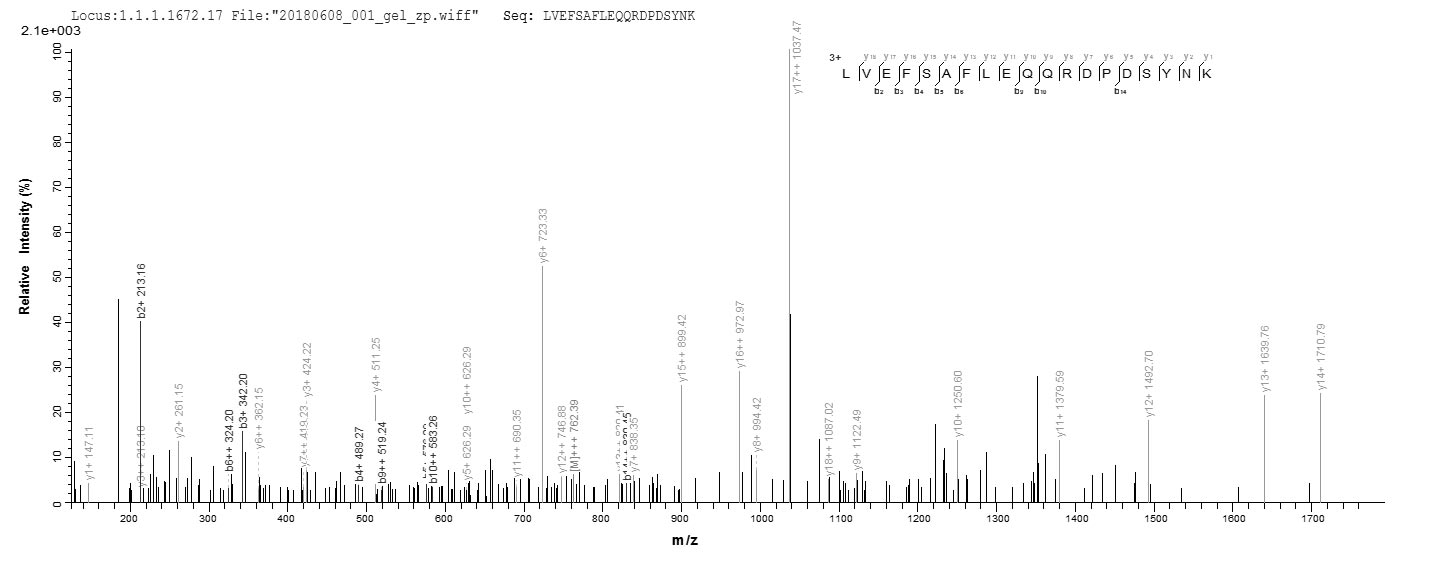The production of this recombinant Human TEAD1 protein is just like all recombinant proteins. The process involved transfecting E.coli cells with DNA vector containing the template of recombinant DNA. The E.coli cells containing the template were then cultured so that they could transcribe and translate the TEAD1 protein. N-terminal 6xHis tag was used in the process. The purity is 0.85 determined by SDS-PAGE.
Members of the highly related TEF-1 family (also known as TEAD, for TEF-1, TEC1, ABAA domain) bind to MCAT (muscle C, A and T sites) and A/T-rich sites in promoters active in cardiac, skeletal and smooth muscle, placenta, and neural crest. The gene regulatory activities of TEF-1 are governed by interactions with protein cofactors. For instance, interactions of TEF-1 with Max and serum response factor regulate the MHC gene and normal cardiac and smooth muscle development. TEF-1 family members are broadly expressed. But function as transcriptional activators only in a subset of their expression domains (cardiac, skeletal and smooth muscle, placenta, and skin. The strong transcriptional co-activator YAP65 interacts with all TEF-1 family members. TEAD transcription factors are key components of the Hippo–YAP1 signaling pathway. Some studies suggested that conclude that the mutation in the TEAD1 gene is the cause of Sveinsson's chorioretinal atrophy.








